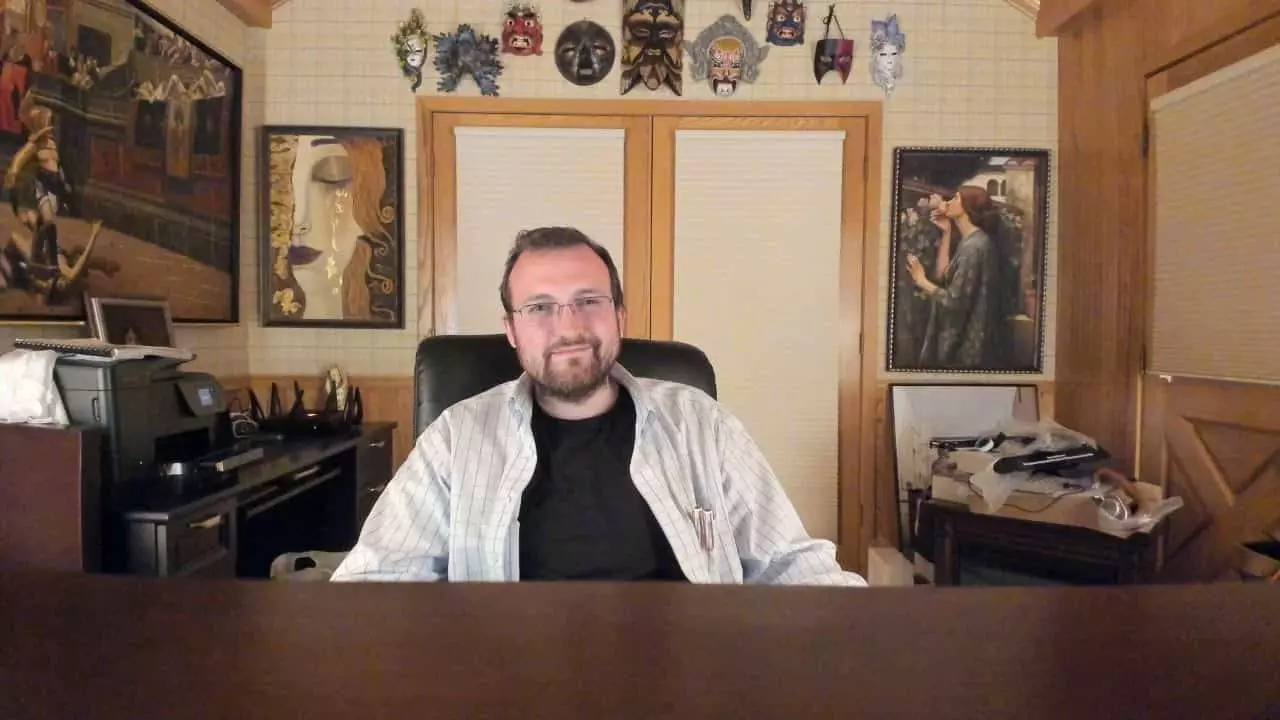The rise of artificial intelligence (AI) models has undoubtedly revolutionized many industries and sectors. However, Charles Hoskinson, the co-founder of Cardano, raises an alarming concern about the diminishing utility of AI models over time. He attributes this decline to the practice of AI censorship, where machine learning algorithms are used to filter objectionable or sensitive content. The implications of this censorship are profound, as it can significantly impact the dissemination of information and shape public opinion.
Hoskinson’s critique of AI censorship sheds light on the growing trend of gatekeeping and censoring high-powered AI models. Governments and Big Tech companies often employ these practices to control the flow of information and promote specific viewpoints while suppressing others. The monopolization of AI training data by a select group of individuals raises questions about transparency and accountability in the development of AI technologies.
By examining the responses of AI chatbots like OpenAI’s ChatGPT and Anthropic’s Claude to a simple query about building a Farnsworth fusor, the potential dangers of AI censorship become apparent. While ChatGPT provided detailed instructions on the construction of the device, it also issued warnings about the risks involved. In contrast, Claude chose not to divulge the assembly process, citing safety concerns. This selective dissemination of information highlights the power dynamics at play in AI censorship and its impact on access to knowledge.
Hoskinson’s concerns about the restrictive nature of AI censorship extend beyond mere content filtering. He warns that such measures could prevent individuals, especially children, from acquiring essential knowledge and skills. The decision to limit access to information is often made by a small group of individuals with unchecked authority, raising broader questions about democratic governance and autonomy in the digital age.
The response to Hoskinson’s critique underscores a growing consensus among tech enthusiasts and industry experts. Many agree that the centralization of AI training data necessitates a shift towards open-source and decentralized AI models. By promoting transparency, collaboration, and accessibility in AI research and development, stakeholders can mitigate the risks associated with AI censorship and ensure a more equitable distribution of knowledge and resources.
The critical analysis of AI censorship by Charles Hoskinson serves as a wake-up call for policymakers, technologists, and society at large. The unchecked power wielded by a select few in shaping AI models and restricting access to information raises significant ethical and practical concerns. By fostering a culture of openness, accountability, and inclusivity in AI development, we can harness the full potential of these technologies for the betterment of society.

